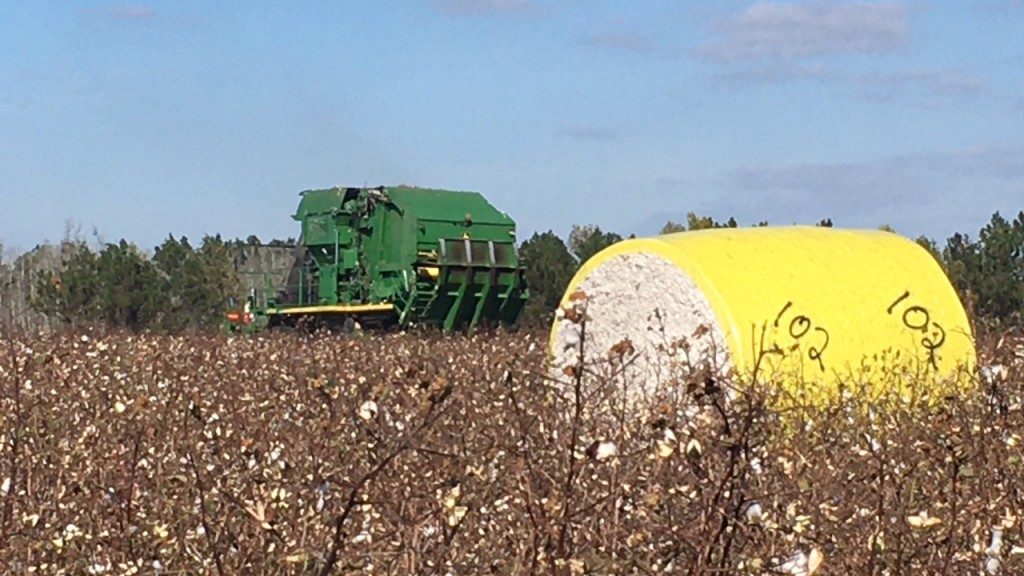Peanut planting season is here. Below are a few words from Dr. Mark Abney on the subject of managing thrips in peanuts.
If you would like to look at the Peanut RX, it is available here.
If you have kept up with Peanut Pointers over the years, you know that an article from the entomologist in April is almost certainly going to be about thrips and tomato spotted wilt virus.
There is nothing new when it comes to thrips/TSWV management in peanut in 2025. It would be wise for growers and county agents to review the Peanut Rx risk assessment tool before planting begins in earnest in just a few days. As I said in our grower meetings this winter, we need to wring every penny of profit out of the 2025 peanut crop, and I don’t want growers to be standing in a field full of TSWV in October kicking themselves over something they did (or didn’t do) in April and May. Planting before 10 May puts peanut at increased risk for TSWV.
Single row pattern puts peanut at higher risk than twin row pattern. Conventional tillage puts peanut at higher risk than reduced tillage with residue. The only chemical that can be applied to peanut that consistently reduces the risk of TSWV is Thimet…nothing else. We can kill thrips
with other insecticides, but we do not reduce the risk of TSWV. If you have a grower who asks why this is, and you are not sure, give me a call, and I will explain it. It can be confusing.
If a grower is not going to use Thimet, it is still worth killing thrips. Heavy thrips pressure will reduce yield. If using something other than Thimet, consider the cost and potential benefit. I am not a fan of applying multiple insecticides in the furrow at-plant for thrips. A well-timed acephate application can be very effective against thrips, but many growers don’t treat until after the damage is visible. In my experience, an acephate application is not usually warranted if an insecticide is applied in the furrow at planting. An acephate application is almost always warranted if there is no insecticide applied at-plant. I would always put insecticide in the furrow, at-plant on my peanuts.
There is no way to predict what level of TSWV pressure we will experience in 2025, and management of this disease ends when the furrow closes.
